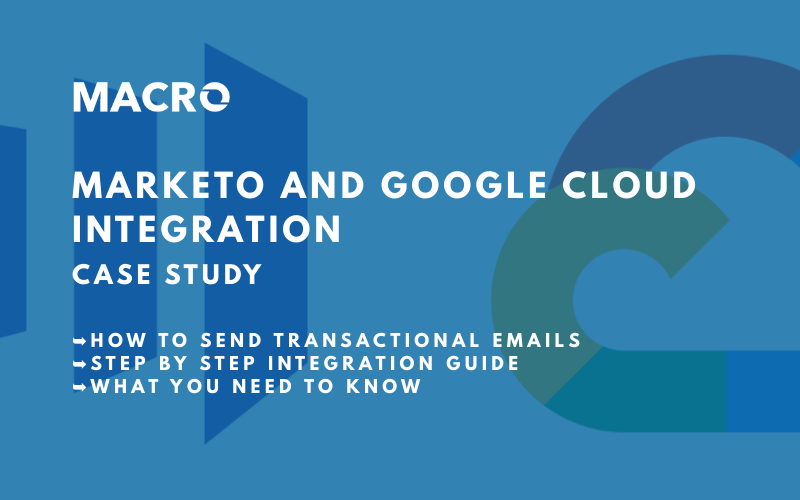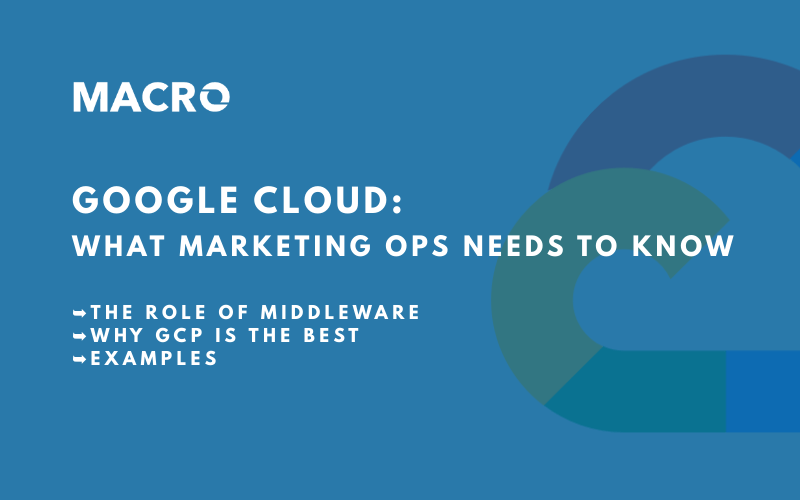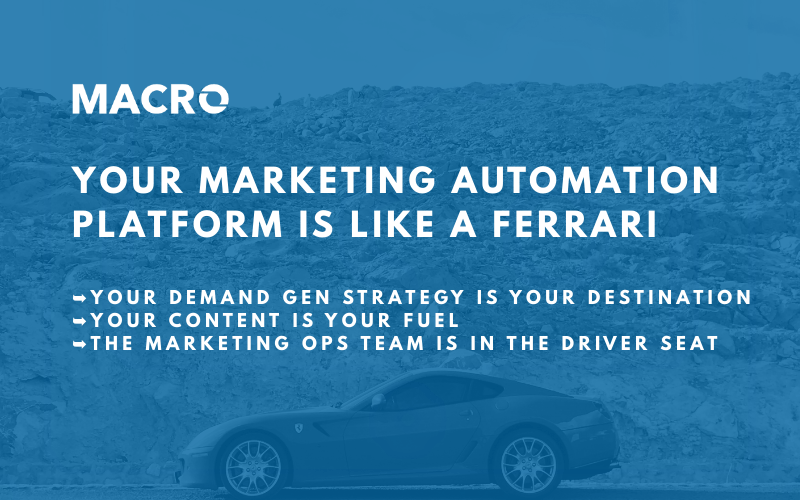
Macro President & Founder Dan Radu joined Sandler Toronto President Chris Kelly in a recent conversation about how marketing technology can impact, enhance and boost the sales pipeline. Over the course of the 52 minute webinar, Radu and Kelly explored many aspects of the famous Sandler submarine, and how it integrates with modern sales thinking and the digital marketing tools we use.
In today’s world, both the buyer and the seller have an abundance of information; without a streamlined process between sales and marketing, organizations risk leaving a huge amount of efficiency—and therefore revenue—on the table.

David Sandler founded The Sandler Sales System over 50 years ago. Since then it’s grown into a global network of highly acclaimed training centres. Sandler Toronto President Chris Kelly says that, “Sandler is not so much a sales process as it is a system that fuels a process.”
The core of the idea is captured in one phrase: “Sandler is an adult-to-adult, truth-based, conversational selling system.”
Adult-to-adult, having its roots in Transactional Analysis, speaks to the idea that many sales interactions have a power imbalance, where one party feels they wield significantly more power than the other (usually the buyer). This is more akin to an adult-to-child interaction. The Sandler system seeks to balance the power dynamic.
Truth-based is straightforward: too many salespeople lie. Buyers also lie about their selection and decision making process. Sandler’s system has no room for sleazy tricks or misrepresentations.
Finally, conversational refers to the idea that there is an ongoing exchange of ideas, that each party in the process contributes meaningfully. It’s not about a pitch, it’s about a conversation.
Sandler trainees are taught to enable these core principles through a variety of modules, techniques and exercises. A key guidance system is the Sandler Submarine.
The submarine consists of seven compartments. You can travel back and forth between them, as long as you passed through each of them first. Marketing technology supports each compartment of the submarine.

Kelly and Radu’s conversation focuses on the first four.
“People buy from who they like, and they like themselves the most,” explained Kelly. This initial step of the submarine teaches the importance of developing a positive, genuine relationship with a prospect.
In the modern world’s digital reality, the opportunity to use face-to-face conversation is limited. Often, initial interactions with your prospects may be entirely virtual.
Radu said that marketing technology can help virtually improve bonding & rapport by:
The Sandler Up-front contract (UFC) is an idea so simple that it may seem revolutionary. Early in the sales conversation, the prospect is told exactly how time and money they’ll be expected to invest in whatever sale is on the table.
“You have to be disarmingly honest,” said Kelly. “The goal of the UFC is to get agreement upfront so that expectations are met. You must remind the buyer that they can say ‘no.’ This further helps build rapport.”
When both the seller and buyer are comfortable with the idea of “no,” it shortens sales cycles, and stops dead-end sales cycles before they can drag on.
Radu observed that very few marketing campaigns take this philosophy to heart—how many copywriters are encouraged to write language that makes the customer feel okay saying “No thank you?” From a marketing technology standpoint, any lead generation forms or drip campaigns should keep UFCs in mind, and offer prospects a way to say no (besides a barely visible unsubscribe button).
Kelly pointed out that many marketers default to positive messaging: they talk about all the good feelings, features, and benefits that a product or service can bring.
But Sandler finds much more success in closing business when a buyer’s pain is placed on centre stage. Pain has a strict definition: “the personal, emotional, compelling reason to act or change.”
Marketing CRM technology can play a big role in identifying prospects who are in the most pain, said Radu. CRMs are powerful in their own right, allowing marketers and sales alike to classify, score, sort and prioritize leads. But when marketing is aligned with the kind of prospects that sales closes more easily, this process can be vastly improved.
The budget conversation is usually not one where marketing gets involved, said Kelly. By the time the budget conversation comes around, marketing’s job should be focused on sales enablement.
However, there are many risks that can crop up if marketing and sales are not in close communication. For instance, if someone is in the budget discussion phase, it could be harmful if they are still seeing marketing content, either in the form of emails, ads, or other digital means. Sales has an opportunity to classify budget-ready prospects in the CRM, and the CRM can place these prospects in an exclusion list. But none of this happens if sales and marketing do not have consistent tracking in play.
Regardless of the system or the process, communication failure between sales and marketing will introduce disorganization and inefficiency into any revenue generation operation. “A major deal killer can be when the left hand doesn’t know what the right hand’s doing,” said Kelly. “Whether that’s ops, leadership, marketing, or sales. If the prospect sees one thing here and hears another there, it can sour the whole experience.”
Adding marketing technology to the mix—which is pretty much par for the course for any modern organization—only further underscores the importance for tight collaboration between sales and marketing.
 Dan Radu is the founder and President of Macro, a global Martech operations agency with extensive experience in ensuring that organizations’ sales and marketing departments are deploying technology in an efficient, collaborative way.
Dan Radu is the founder and President of Macro, a global Martech operations agency with extensive experience in ensuring that organizations’ sales and marketing departments are deploying technology in an efficient, collaborative way.
Macro offers a free Sales & Marketing Alignment Health-Check, contact us to learn more.
 Chris Kelly is the President of Sandler Training in Toronto. He assists evolutionary minded business owners, corporations, and passionate individuals to realize superior levels of performance in the areas of sales, sales management, and business development.
Chris Kelly is the President of Sandler Training in Toronto. He assists evolutionary minded business owners, corporations, and passionate individuals to realize superior levels of performance in the areas of sales, sales management, and business development.
He is happy to connect via email or LinkedIn.

One of our clients here at Macro is a major utility company in the United States. This is their story, challenges and the middleware solution Macro provided for them bringing together different data-points to send order confirmation emails.
Read More
Today, more than ever, companies need to use many digital marketing tools, and a key piece of the puzzle is getting different tech platforms to ‘talk’ to one another. We can achieve this with middleware. Google Cloud Platform is a newer player to the middleware game, but it is easily one of the most affordable, balanced and powerful tools available in 2020.
Read More
It would be a shame to spend a small fortune on an expensive car, only for it to sit in your garage, rarely used. This depressing story is something that happens to many modern organizations—except it’s not an expensive vehicle that they leave rusting in a garage, it’s their enterprise marketing automation platform (MAP)
Read More